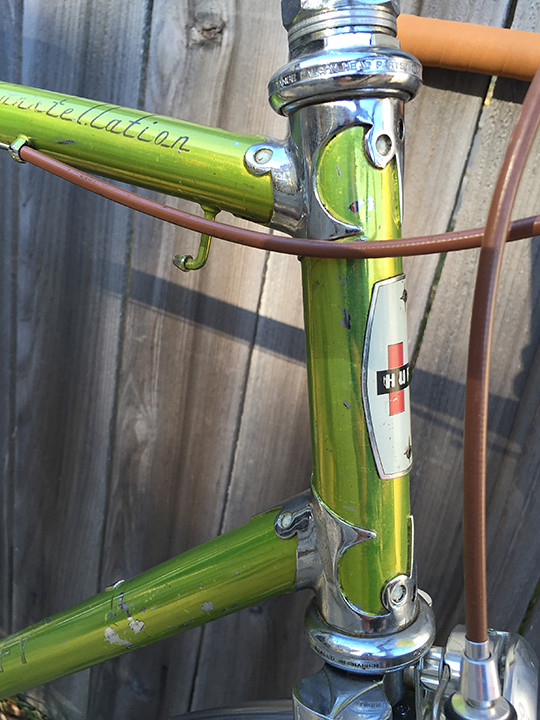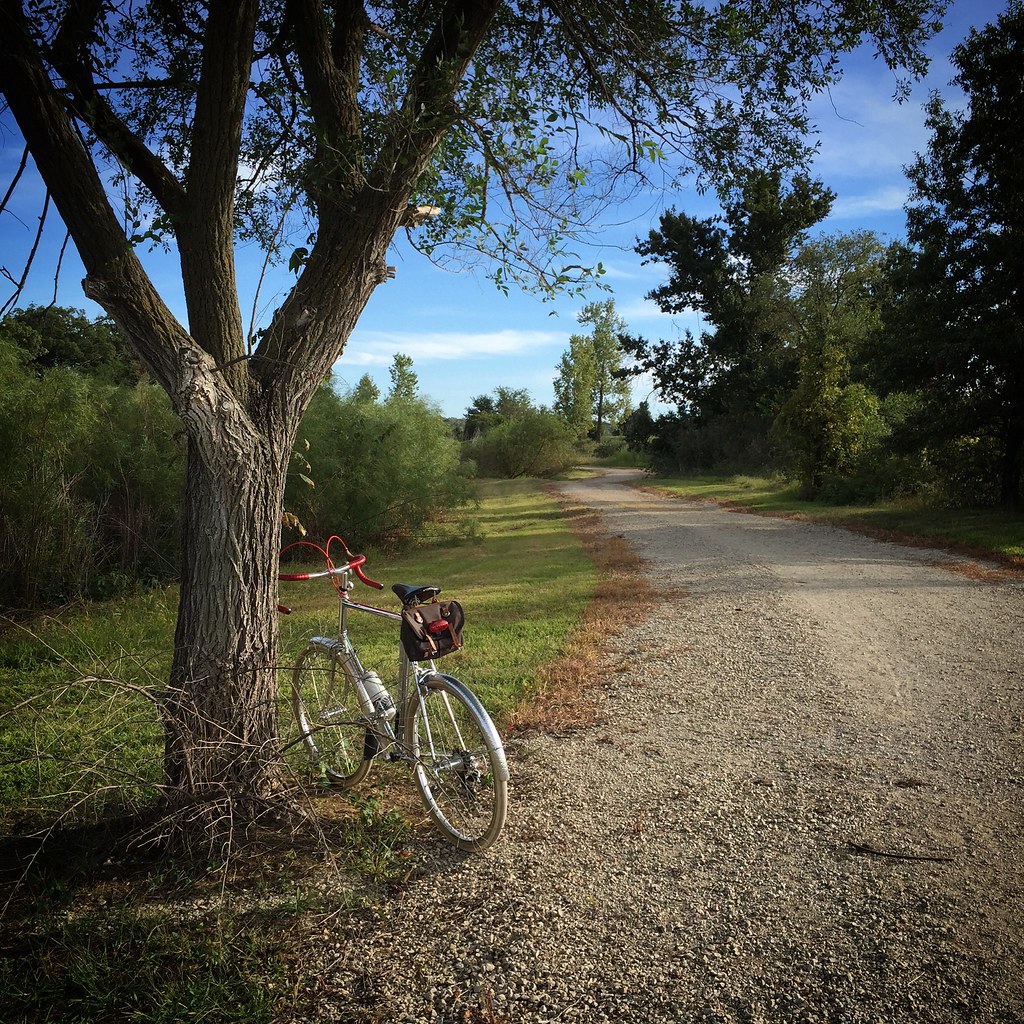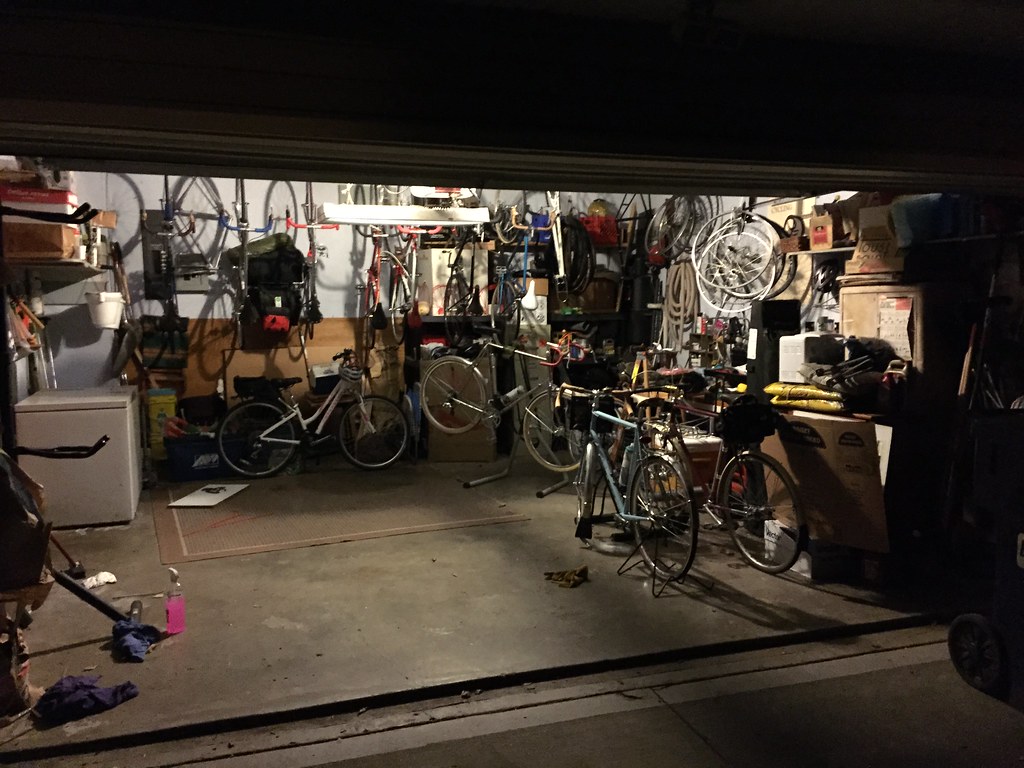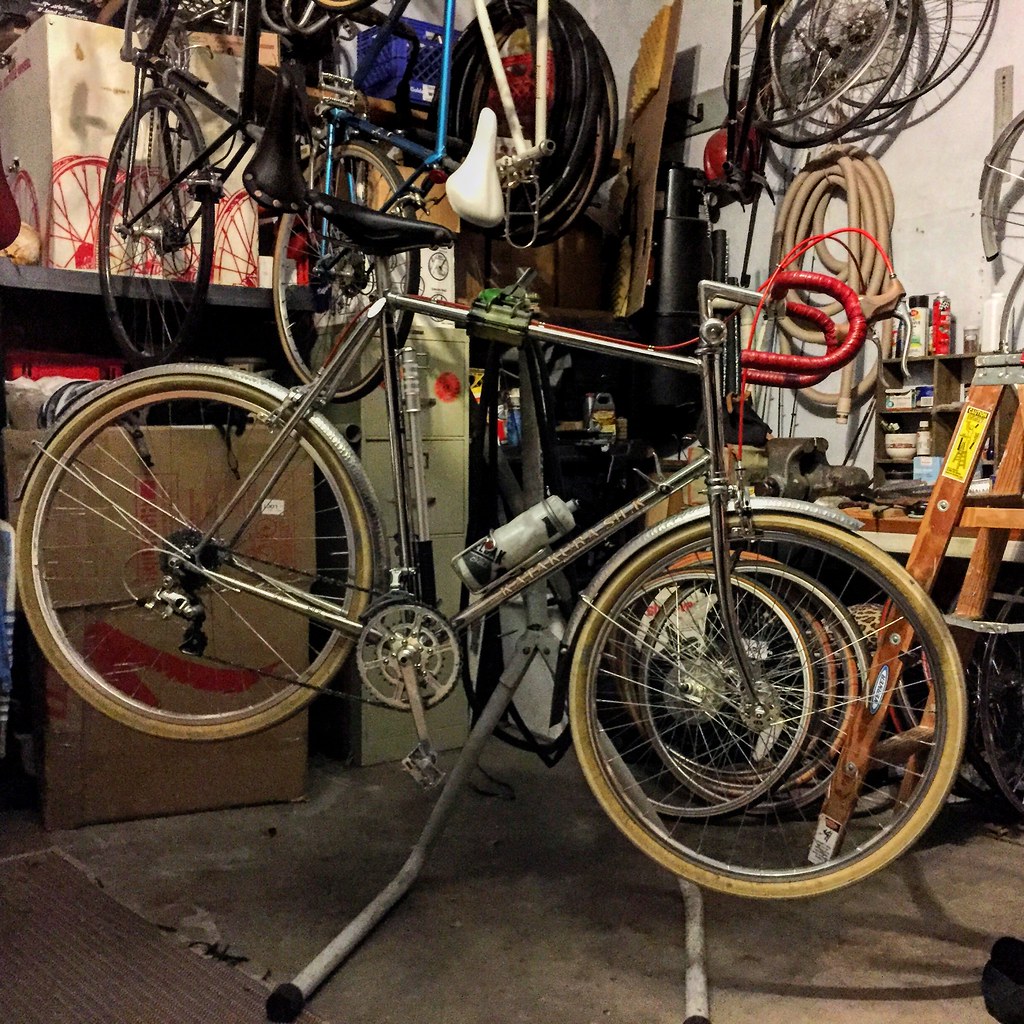
“Great looking chromed Capella lugs!”
“Thanks – looks pretty good for a mid-60’s bike.”
“Sure does, but I think you’re mistaken about the date – I’m pretty sure those Capella lugs place the bike at a 1973 model.”
OK, so maybe that’s not a verbatim transcript of the conversation, but it’s close enough. Our local tweed ride took place this past weekend, an event I always look forward to just because it’s fun to geek out gawking at the appearance of many vintage bikes all in one place. I was catching up with a fellow geek buddy when the gleam of chrome and electric green tubing caught our eye. A Raleigh International? A Carlton? We wandered over and found a Carlton-built Huffy, a bike I would’ve sworn was a Raleigh International.
In point of fact, I did swear it was Raleigh-built, and matter-of-factly stated it was built in 1973, the year Raleigh used those lugs on several models. Turns out I – Mr. Know-it-all – was off base by the better part of a decade. At least I was on target with the country – the All American Huffy Bike was built in England by Carlton.

Nathan, the bike’s owner, and I exchanged contact information. I promised to send him some of the online resources I frequently reference, and he provided me with some excellent background that he’d researched. Here’s what Nathan shared with me:
Hi Mark!
It was a pleasure meeting you as well. I thoroughly enjoy conversations with anyone who appreciates vintage steel!
After doing some homework, here’s what I was able to come up with:
- As you stated, Raleigh bought Carlton in 1960.
- 1973 was the only year Raleigh used Capella lugs.
However, from 1958/9 through the mid ‘60s Carlton still used Capella lugs:
http://www.classiclightweights.co.uk/catalogues/carlton-gittins-cat.html

On the May 18th post of this blog, under the illustration of the Capella lugs, the author states:
“In 1959 Carlton reorganised their range. Out went all the various lugs and in came a new style of lug designed for Carlton – the Capella lugs. A new range of models utilising these lugs were announced and these models – the Catalina, Clubman, Continental and Constellation – were to continue through to 1965. The other models in the range used either Carlton or Italian long-line lugs, although Capella lugs could be fitted to the Flyer if ordered.”
This was the first of many references I found to Carlton bicycles having the same model names as the imported Huffy’s.
Here is a ’64 Carlton Catalina with Capella lugs:
http://classiccycleus.com/home/1964-carlton-catalina/
Just over half-way down this page there is a little more info on early ‘60s Carltons, and this was also the page that had the link (now dead) to the Huffy catalogs:
http://www.nonlintec.com/carlton/
Per this site:
“The Carlton Cycles site, which didn’t exist when the project was undertaken, has a list of serial numbers and corresponding dates. The serial number is M5992, which similarly dates the bike at 1964. It also notes that the Capella lugs were used only through 1965.
Previous to this, I knew the following:
- The bike was built after the Raleigh acquisition of Carlton, 1960 or 61. Raleigh continued to make bikes under the Carlton name for some time, although I’m not sure exactly when they stopped. In the 70s, some had both the Carlton and Raleigh names; eventually, though, the Carlton name was phased out.
- A 1967 Carlton catalog does not show the Catalina.
- Pages from a mid-60s Huffy catalog (Huffy rebranded and imported Carltons in the 60s) show a very similar Catalina with quick-release hubs and the same color, brakes, and drive train. My bike has nutted axles, so it must predate the bike in those pictures.
- The Weinman Vainqueur 999 brakes, of the style on my bike, were made from the mid 60s to the early 70s.
- The serial number is nonstandard for Raleigh, indicating that the Carlton manufacturing process had not been fully integrated with Raleigh’s at the time the frame was made.
- The Reynolds 531 frame decal is a very early one, common in the 1950s.”
- Lastly, some of the Huffy catalog images themselves (at the bottom of the page, per Mr. Hufford): http://www.classicrendezvous.com/British_isles/Carlton.htm
A few Carlton Constellations:
http://spokessmann.tripod.com/id70.html
http://spokessmann.tripod.com/id32.html
http://www.ebay.com/itm/Vintage-Huffy-Carlton-Constellation-Frame-Rear-Wheel-Rare-Chrome-and-Green-/251957434420
http://vi.raptor.ebaydesc.com/ws/eBayISAPI.dll?ViewItemDescV4&item=361289723925&category=22679&pm=1&ds=0&t=1447001022784
And some lugs on eBay with a little more info:
http://www.ebay.com/itm/NOS-Vintage-1960s-Carlton-Capella-Seatlug-/380828751860
http://vi.raptor.ebaydesc.com/ws/eBayISAPI.dll?ViewItemDescV4&item=361289723925&category=22679&pm=1&ds=0&t=1447001022784
Not exactly a smoking gun, but at least enough to challenge the Huffy being a ’73 Raleigh. Let me know what you make of all of this!
I’ll tell you what I think – I think Nathan’s got himself a damn cool 1964 Carlton.
Thanks to Nathan Lathrop for sharing photos of his Huffy Constellation. Incidentally, it turns out Nathan is a fellow graphic designer – learn more about his design firm, Tandem Creative Studio here.











